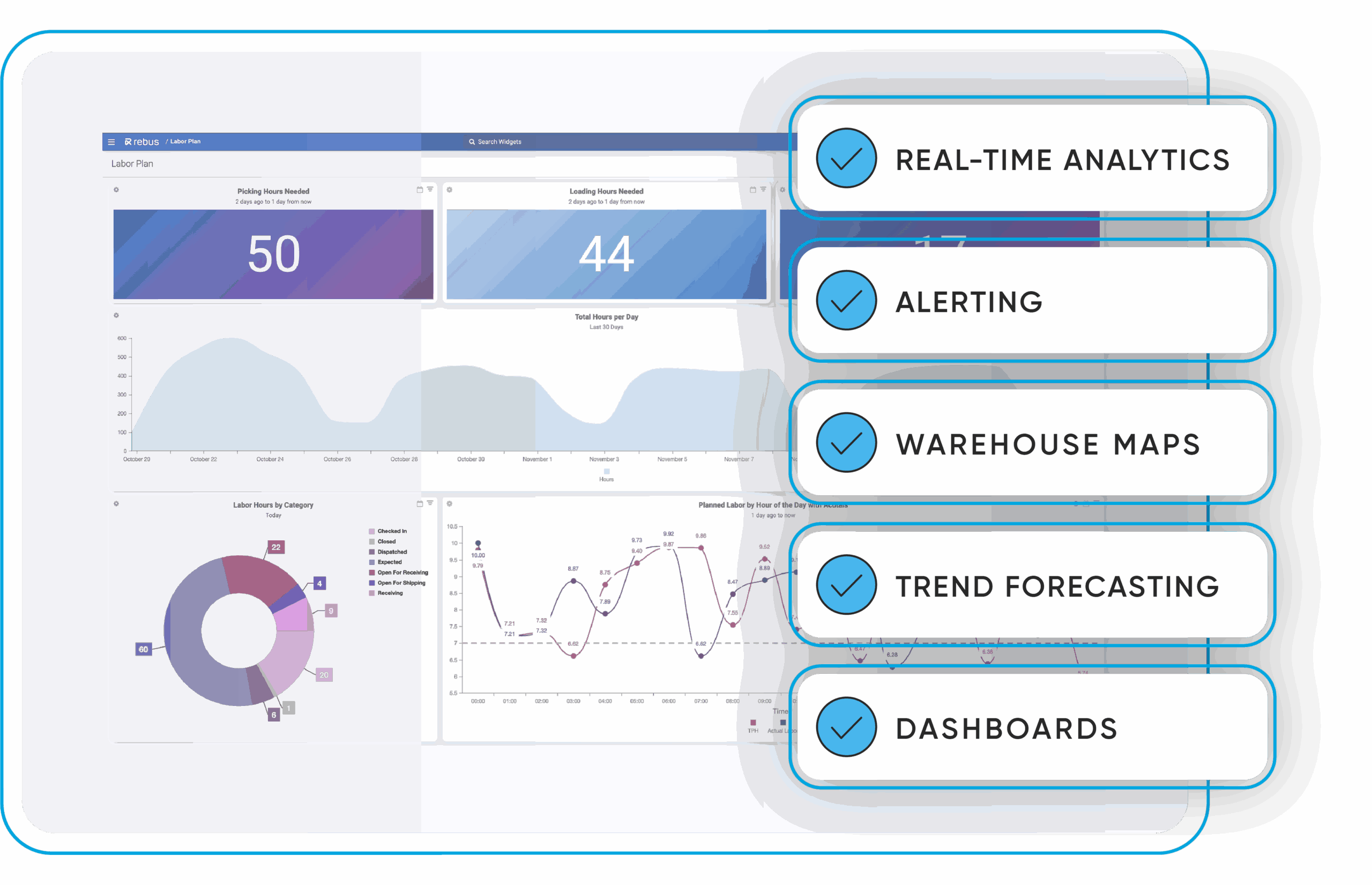Continuous Improvement Doesn’t Have to Mean Continuous Disruption
Dec 22nd, 2025
For many warehouse leaders, the phrase “continuous improvement” triggers an immediate reaction. More projects. More meetings. More disruption to an operation that is already stretched thin.
That hesitation is understandable. Warehouses run on tight schedules, fixed labor, and daily execution. The idea of reopening processes after a WMS implementation can feel risky, especially if the system is stable and orders are moving.
But continuous improvement does not have to mean constant upheaval. When done right, it is incremental, targeted, and designed to work around daily operations, not against them.
At Longbow Advantage, we see continuous improvement as a way to quietly unlock value that already exists inside your WMS and your operation, without putting go-live stability at risk.

Why Stability Is Not the Same as Optimization
After a WMS implementation, most organizations focus on stabilization first. That is the right call. Teams need time to learn the system, adjust to new workflows, and build confidence.
The problem is what happens next.
Once the system is stable, many organizations stop looking at it critically. Temporary workarounds become permanent. Manual checks stay in place even when the system can handle them. Processes grow more complex over time as exceptions stack on top of exceptions.
The operation works, but it works harder than it needs to.
Continuous improvement is about recognizing that stability is only the starting point. Optimization comes from revisiting processes with real operational experience in hand and asking one simple question: is this still the best way to do this?
The Fear of Disruption and Why It Persists
One of the biggest barriers to continuous improvement is the assumption that it requires large, disruptive initiatives. Full redesigns. Major retraining. Long timelines with uncertain outcomes.
In reality, most meaningful gains come from much smaller changes.
In many post-implementation assessments, we find opportunities that do not require new modules, new systems, or large-scale change management. Instead, they involve refining workflows, simplifying decision points, and better aligning system configuration with how the warehouse actually operates.
These are changes that can be planned, tested, and rolled out incrementally, often without frontline users even realizing a project is underway.
What Incremental Improvement Really Looks Like
Effective continuous improvement starts with focus.
Rather than trying to fix everything at once, Longbow approaches improvement by isolating individual functional areas or processes and evaluating them on their own merits. Receiving. Allocation. Picking. Putaway. Reporting.
Each area is reviewed with subject matter experts who live in the process every day. Their input matters because they know where time is lost, where workarounds exist, and where frustration shows up repeatedly.
From there, processes are examined step by step with a simple lens:
- Is this step required?
- Is it solving a real problem?
- Is it duplicated elsewhere in the workflow?
- Could the WMS handle this automatically?
This approach keeps the scope tight and the risk low.

A Simple Example with a Big Impact
In one engagement, Longbow reviewed an outbound allocation process that had grown to more than 40 steps over time. Each step made sense in isolation. Together, they created unnecessary complexity.
During review, the team identified decisions that were being made multiple times, checks that existed only because of outdated assumptions, and manual steps that the WMS could already manage automatically.
By removing redundancy and aligning the process more closely with standard system behavior, the workflow was reduced to a fraction of its original size. The result was faster execution, clearer accountability, and fewer errors.
No system upgrade was required. No operational shutdown was needed. The improvement came from simplifying what already existed.
Continuous Improvement Without Operational Whiplash
Another common concern is timing. Warehouse leaders worry that improvement initiatives will pull key people away from daily execution.
That is why the most effective continuous improvement efforts are structured around the operation, not layered on top of it.
At Longbow, assessments are designed to respect operational realities. Interviews are targeted. Onsite walkthroughs are purposeful. Recommendations are prioritized so teams can choose when and how to act on them.
Not every opportunity needs to be addressed at once. Some changes deliver immediate ROI. Others can wait until the business is ready.
This flexibility allows organizations to improve continuously without overwhelming their teams.
Turning Small Changes into Measurable ROI
Continuous improvement is often misunderstood as a theoretical exercise. In practice, it is one of the most reliable ways to accelerate return on investment after go-live.
When processes are simplified, throughput improves. When manual steps are eliminated, labor is used more effectively. When reporting aligns with how the operation actually runs, leaders make better decisions faster.
These gains add up.
In post-implementation assessments, it is common to uncover dozens of improvement opportunities across functional areas. By evaluating each opportunity based on effort and impact, organizations can focus on the changes that deliver value quickly, without committing to large-scale projects.
Why Experience Matters
Not all continuous improvement efforts are equal.
What makes the difference is practical experience. Knowing how a WMS is designed to function. Understanding how warehouses operate under real-world constraints. Recognizing when a process issue is truly operational versus when it is driven by configuration.
Longbow’s approach is rooted in decades of hands-on implementation and operational experience. Improvement recommendations are not generic best practices. They are grounded in what works, what scales, and what actually sticks.
The Takeaway
Continuous improvement does not have to be disruptive to be effective.
When approached incrementally, with a clear understanding of both the system and the operation, it becomes a way to quietly improve performance while protecting stability.
If your WMS has been live long enough for habits to form, but not so long that inefficiencies feel permanent, now is the right time to take a closer look.
Need some guidance? We’re ready to help.

